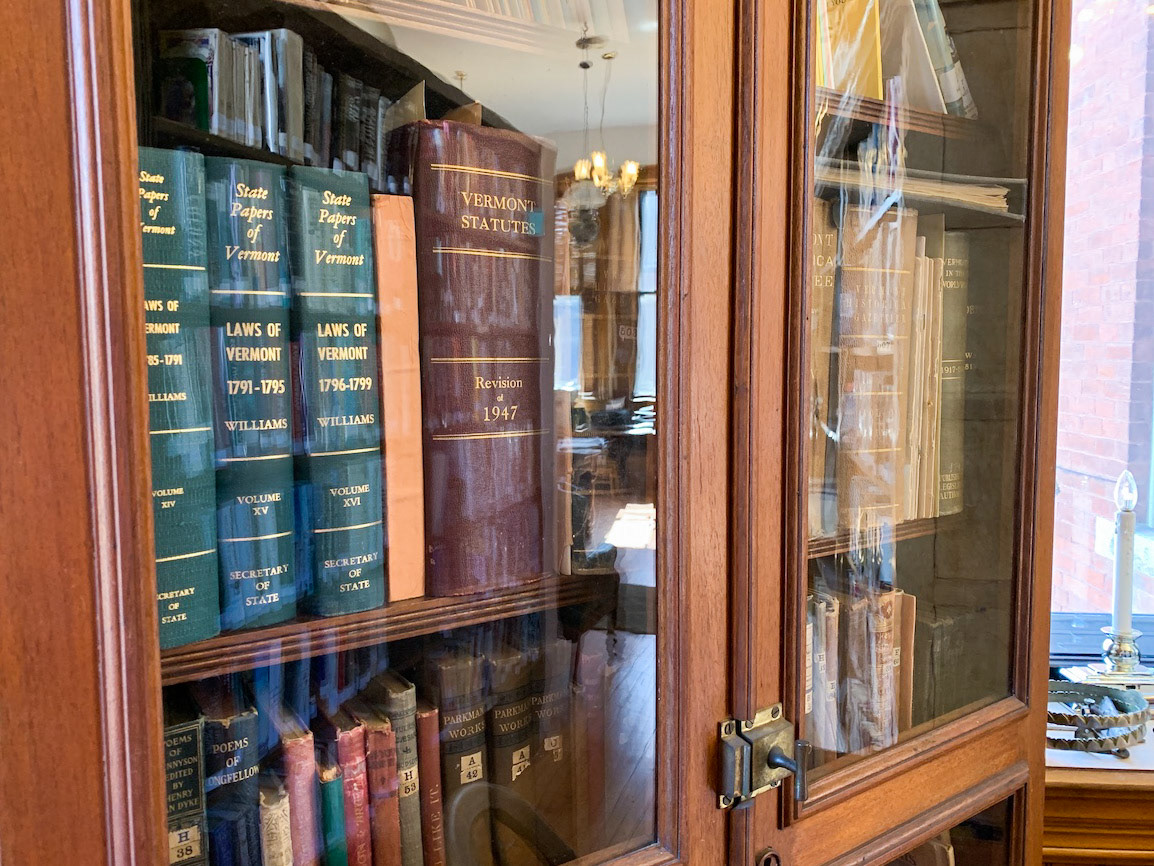Intro by Isaac Lorton
Libraries hold a special place in rural communities as bastions of knowledge — windows to the whole wide world. And regardless of whether they are open two days a week or have limited hours of operation, they stand prominent and proud as community centers and gathering places.
Across the country, many rural libraries are closing because of a lack of funding. After Hurricane Irene in 2011, more than half of the buildings in West Hartford along Rte. 14 were destroyed, including most of the library. When rebuilding the community, the library was a critical component. As West Hartford Library and Community Center volunteer and board secretary Gerda Gofberg says, “It's community… The people felt very strongly that we wanted this connection. Not just to be houses on the road going to Sharon, but a village, and that includes the library and a community room — and it is well used.”
The sentiment seems to be shared by Vermonters. According to a 2016 survey of all states done by the Institute of Museum and Library Services, and a report done by the National Center for Education Statistics, Vermont has the third highest number of libraries per capita, and 80 percent of them are considered rural libraries. Along with this, Vermont has the highest total attendance of its libraries per 1,000 people at 739.56. Vermont offers the most programs through its libraries and has the highest attendance at those programs.
Here are Junction editors’ photos in honor of rural Vermont libraries.
Hartford Library

Photo by Isaac Lorton

Photo by Isaac Lorton

Photo by Isaac Lorton

Photo by Isaac Lorton
Mary L. Blood Memorial Library, Brownsville, VT

Photo by Taylor K. Long

Photo by Taylor K. Long

Photo by Taylor K. Long

Photo by Taylor K. Long
Norman Williams Public Library, Woodstock, VT
Photo by Scott Achs

Photo by Scott Achs

Photo by Scott Achs
Quechee Library
Photo by Scott Achs

Photo by Scott Achs

Photo by Scott Achs
West Hartford Library and Community Center

Photo by Isaac Lorton

Photo by Isaac Lorton
Photo by Isaac Lorton
Wilder Club and Library

Photo by Isaac Lorton

Photo by Isaac Lorton
March, 2020
